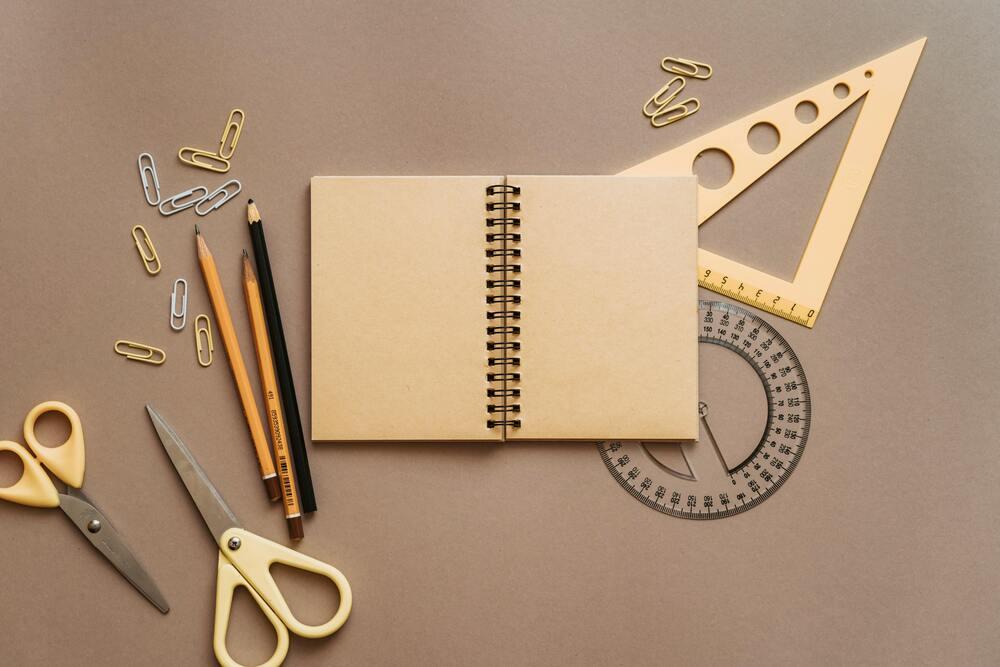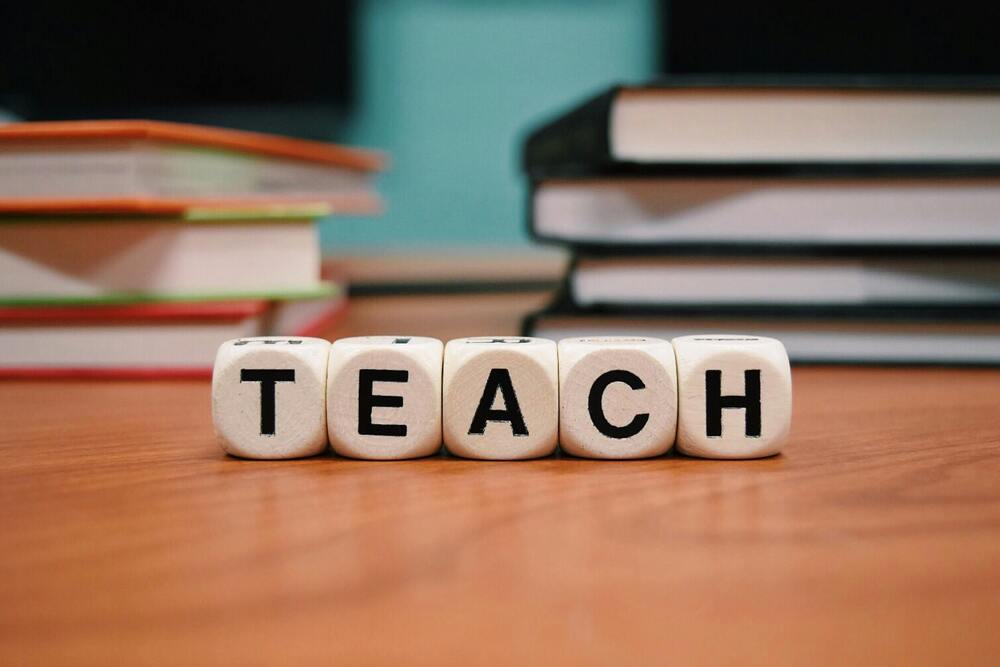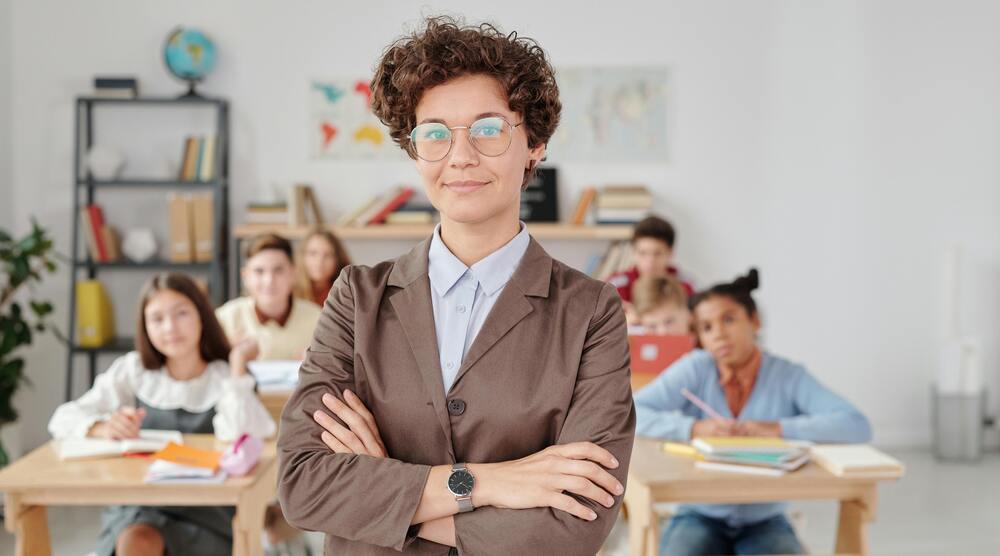In today’s diverse learning environment, understanding your learning style can significantly enhance your study effectiveness. Whether you’re a visual, auditory, or kinesthetic learner, adopting tailored study habits can lead to better retention and comprehension. Let’s dive into the best strategies for each learning style, supported by statistics and engaging visuals! ?✨

Understanding Learning Styles
Learning styles can be broadly categorized into three types:
- Visual Learners: These learners prefer to see and visualize information. They often benefit from diagrams, charts, and written instructions.
- Auditory Learners: These individuals learn best through listening. They thrive in discussions, lectures, and audio materials.
- Kinesthetic Learners: These learners prefer a hands-on approach. They learn best through physical activities and real-life experiences.
According to a study by the National Center for Learning Disabilities, approximately 65% of people identify as visual learners, while 30% are auditory learners, and 5% are kinesthetic learners. Understanding these statistics can help tailor your study habits effectively! ?
Study Habits for Visual Learners
Visual learners can enhance their study sessions by incorporating various visual aids. Here are some effective strategies:
| Study Habit | Description | Emoji |
|---|---|---|
| Mind Mapping | Create mind maps to visualize connections between concepts. | ?️ |
| Color-Coding | Use different colors for notes to categorize information. | ? |
| Infographics | Summarize information in infographic format for quick reference. | ? |
| Flashcards | Design flashcards with images and keywords for quick recall. | ? |
Example of a Mind Map
Incorporating these techniques can lead to a 30% increase in information retention for visual learners, according to research from the University of California.
Study Habits for Auditory Learners
Auditory learners benefit from listening and discussing information. Here are some effective study habits:
| Study Habit | Description | Emoji |
|---|---|---|
| Group Discussions | Engage in study groups to discuss and debate topics. | ? |
| Audiobooks | Listen to audiobooks or recorded lectures to absorb information. | ? |
| Rhymes and Songs | Create rhymes or songs to memorize facts and concepts. | ? |
| Podcasts | Follow educational podcasts related to your subjects of interest. | ?️ |
The Power of Discussion
Research shows that auditory learners can improve their understanding by 40% when they engage in discussions. This highlights the importance of collaboration in learning!
Study Habits for Kinesthetic Learners
Kinesthetic learners thrive on movement and hands-on experiences. Here are some effective strategies:
| Study Habit | Description | Emoji |
|---|---|---|
| Role-Playing | Act out scenarios to better understand concepts. | ? |
| Physical Activities | Incorporate movement, like walking while studying, to enhance focus. | ?♂️ |
| Experiments | Conduct experiments or practical applications of theories. | ? |
| Interactive Tools | Use tools like models or simulations to visualize concepts. | ? |
Engaging with the Material
Kinesthetic learners can see a 50% improvement in retention when they engage in hands-on activities. This emphasizes the need for active participation in the learning process!
Conclusion
Understanding your learning style is crucial for effective studying. By adopting tailored study habits, you can significantly enhance your learning experience. Whether you’re a visual, auditory, or kinesthetic learner, the right strategies can lead to improved retention and comprehension.
For more tips on effective study techniques, check out resources like Edutopia and Learning Styles Online. Remember, the key to successful studying is finding what works best for you! Happy studying! ??



